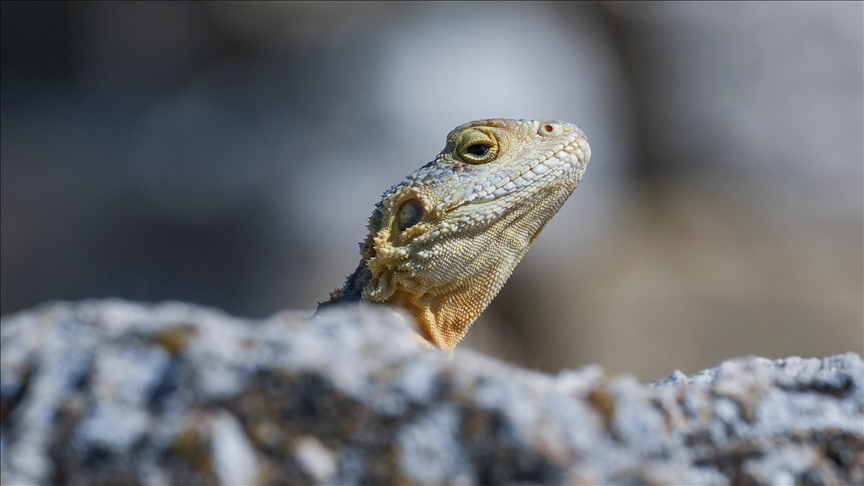Scientists study Australian lizards' molecular defenses as possible source against snakebite venoms
Research found Australian skinks have evolved molecular defenses protecting their muscles from deadly snake venom

ANKARA
A study led by the University of Queensland discovered that Australian skinks have evolved molecular defenses to protect their muscles from deadly snake venom, which provides insights into how to treat snakebites in humans.
The research, published in the International Journal of Molecular Sciences, described the skinks' adaptations as "evolution at its most ingenious," according to a statement released by the University of Queensland on Tuesday.
Professor Bryan Fry of the University of Queensland's School of the Environment believes that understanding how skinks avoid death could inform biomedical approaches to treating snakebite in humans.
He added that Australian skinks have evolved tiny changes in the nicotinic acetylcholine muscle receptor that prevent neurotoxins from blocking nerve-muscle communication, resulting in rapid paralysis and death.
This receptor is normally the target of neurotoxins, which bind to it and block nerve-muscle communication, causing rapid paralysis and death.
“But in a stunning example of a natural counterpunch, we found that on 25 occasions, skinks independently developed mutations at that binding site to block venom from attaching," Fry said.
The study found that Australia's Major Skink shares the honey badger's venom resistance mutation, showing evolution's repeated targeting of this molecular mechanism across species.
The study, which involved collaborations with museums across Australia, discovered that key adaptations include the addition of sugar molecules to physically block toxins and the substitution of a specific amino acid in the receptor.
Laboratory experiments with synthetic peptides and receptor models revealed molecular interactions when venom enters an animal, indicating that these modified receptors effectively resist venom binding.
* Writing by Aamir Latif.
Anadolu Agency website contains only a portion of the news stories offered to subscribers in the AA News Broadcasting System (HAS), and in summarized form. Please contact us for subscription options.







